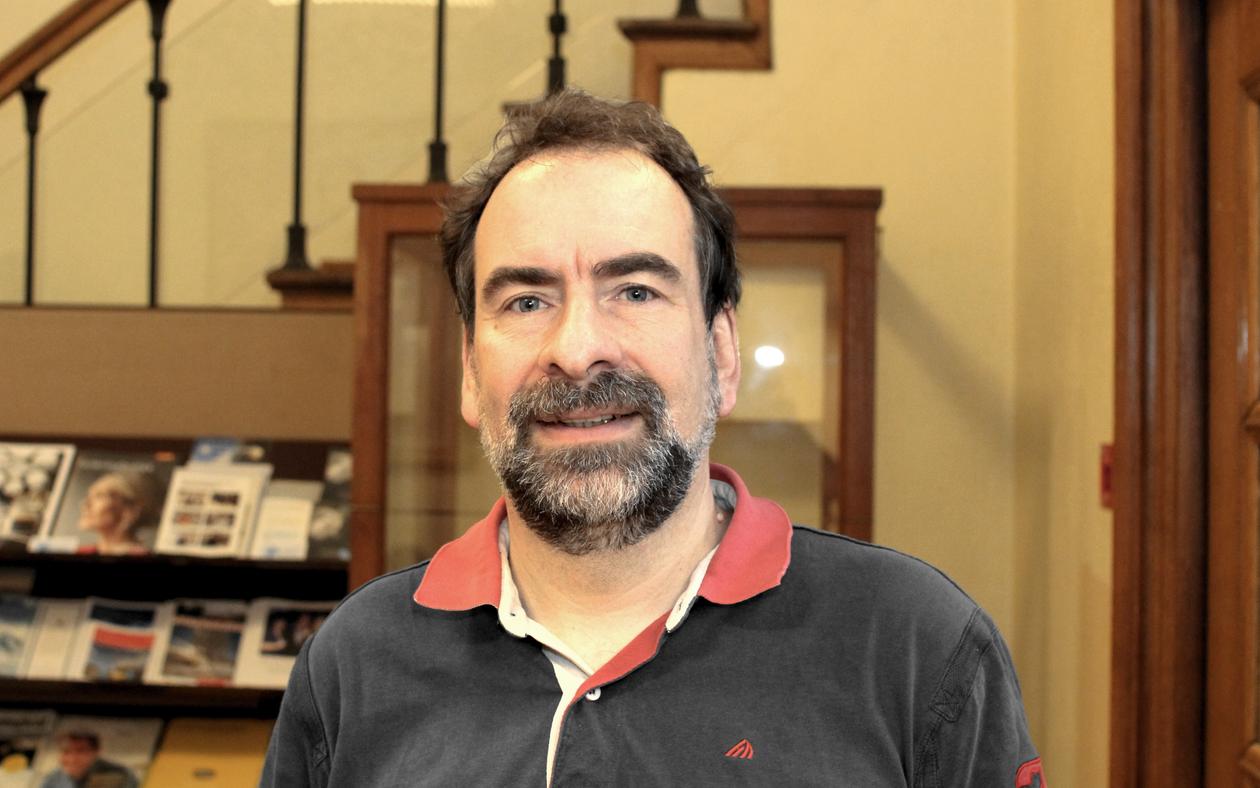Measuring the wind
Floating wind turbines keep getting bigger, giving us more energy. A UiB-project will measure the wind's capabilities in an entirely new fashion, paving the way for more efficient wind energy at sea.

Hovedinnhold
COTUR (Measuring COherence and TURbulence with lidars) is a joint research project under the lead of NORCE (former CMR) with the Geophysical Institute of the University of Bergen, the University of Stavanger, and Equinor as partners.
"Our goal is to measure the coherence of the wind in any atmospheric stability, be it speed of wind, atmospheric stability, or the effect of ocean waves. The measurements will provide us with an excellent image of how wind behaves offshore," explains Joachim Reuder, professor at the Geophysical Institute at the University of Bergen (UiB).
Longer blades, more energy
The measurements will provide vital information for companies building new wind parks offshore. The size of such turbines is increasing. For example, General Electric recently launched turbines with 107 metres long blades.
Obrestad lighthouse provides an excellent location for learning more about the wind. It is situated on the western coast of Norway, with the wind blowing hard from the North Sea. Here, the campaign has deployed a triangle of three scanning lidar systems.
Combining the three systems is what makes the project unique, explains Reuder.
"The lidar will transmit invisible infrared beams in pulses out over the ocean. Parts of the beam will hit aerosol particles in the air and be reflected back and analyzed by our instruments. As the aerosol particles move with the wind, the wavelength and frequency of the returned signal is slightly changed, he explains.
This phenomenon is called Doppler-Shift, something we also can experience in daily life, where the sound of a passing car is changing between approaching and moving away from us.

INSTALLING QUIPMENT: The three systems in combination ensures a unique collection of data.
Measuring 3,5 kilometres offshore
“The beams will measure the wind up to 3,5 kilometres offshore, and we will be able to split the measurements into 25 metre sequences along the measurement path, telling us about the wind speed in different distances from the lidar instrument," says Reuder.
Using the three lidar systems synchronized, to provide three parallel lidar beams, and measuring with this setup into the main wind direction, we will be able to investigate coherence, i.e. how closely the wind conditions at a given point are related to other points in the surrounding. This is an important information for the design and operation of wind turbines, as the turbulence determines loads and fatigue on the turbine blades and thus the lifetime of a wind turbine.
In addition, a static lidar wind profiler will gather information on wind speed and direction from the ground and 300 metres up into the atmosphere. This information will be used to re-position the three scanning lidar systems every hour into the mean wind direction. Temperature and humidity profiles up to 3000 m above the ground will also be measured by a passive microwave radiometer and will give the relevant information on atmospheric stability.

A LOT OF WEATHER: Obrestad Lightouse experiences many different types of weather throughout the year, making it the ideal location for collecting data.
A large database of information
The project will last for one year.
"After one year, we will have detailed information on turbulence and how wind and turbulence are affected by different weather and wave conditions. We will have a large database of information, which we will need in order to have reliable statistics."
The data will closely resemble weather conditions a wind turbine offshore will experience.
"Throughout the year, Obrestad lighthouse experiences many different weather conditions. We hope a year of measurements will provide us with an array of different weather events," the Professor says.
A unique project
The one-of-a-kind project could not have happened without the national measuring infrastructure OBLO (Offshore Boundary Layer Observatory) owned and run by the Geophysical Institute at UiB, according to Reuder.
"There is a leading environment of measuring techniques here. There are not many institutes with access to an instrument park like this," he says.
He also mentions the know-how created and the collaborations between academia and industry established during NORCOWE, and now continued by the recently established Bergen Offshore Wind Centre, as important for the implementation of the measuring project.
"I do not know of any offshore projects like this one, at least not of this magnitude."
